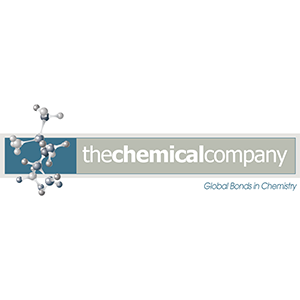Phenolic resins are a group of the most versatile polymers yet invented. Although they came into existence at the very start of the age of polymers, they continued to be developed into more and more applications.
Phenolic resins are a type of synthetic thermosetting resin invented by Dr. Leo Baekeland in 1907. The material was originally called Bakelite. This was effectively the first plastic to be sold commercially, and was typified by the old-style black telephones.
Types of Phenolic Resin
Phenolic resins are divided into two different types, novolacs and resoles. Both have high temperature stability up to 300° – 350° C, high water and chemical stability. Phenolic resins are often dark-colored from yellow to dark red, and have an excellent price/performance profile.
Phenolic resins are found in a myriad of industrial products. They are mainly used in the production of circuit boards. They are better known for the production of molded products including billiard balls, laboratory countertops, and as coatings and adhesives.
Applications
TCC phenolic resins are found in a myriad of industrial products. Phenolic laminates are made by impregnating one or more layers of the base material such as paper, fiberglass or carbon with phenolic resin and laminating the resin saturated base material under heat and pressure. The resin fully polymerizes (cures) during this process. The base material choice depends on the intended application of the finished product.
Paper phenolics are used in manufacturing electrical components such as punch–through boards and household laminates. Glass phenolics are particularly well-suited for use in the high-speed bearing market. Phenolic micro-balloons are used for density control. Snooker balls as well as balls from many table–based ballgames are also made from phenol formaldehyde resin. The binding agent in normal (organic) brake pads, brake shoes and clutch discs are made of phenolic resin.
The Dutch forger Han van Meegeren mixed phenol formaldehyde with his oil paints before baking the finished canvas in order to fake the drying out of the paint over the centuries.
Specifications
Novolac Resin 40-45 TDS TCC – Click Here To Download
Novolac Resin 50-55 TDS TCC – Click Here To Download
Shipping Information
TCC’s Phenolic Resin is available for shipping throughout the continental United States with one (1) week lead time. Please call (401) 360-2800 for details. Phenolic Resin is made to customer specifications is available in drums and in bulk.



